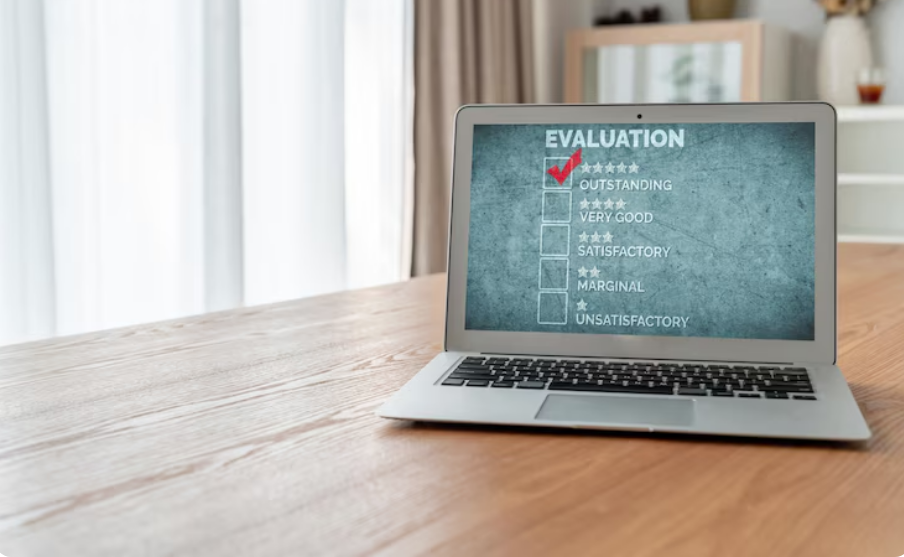Benchmarking for sales enablement is no longer a luxury—it’s a necessity for teams aiming to convert more leads efficiently. Sales leaders face growing pressure to deliver measurable results, and benchmark insights provide the data-driven edge needed to optimize sales collateral and refine outreach strategies. By systematically comparing your performance with industry standards, you uncover gaps and opportunities that directly impact conversion rates and deal velocity.
For example, a Forrester report revealed that companies utilizing benchmarking in their sales processes see an average 18% increase in win rates. This article breaks down how to leverage benchmarking for sales enablement to sharpen your content, align marketing and sales, and maintain a competitive advantage through industry comparison. We’ll also show how Compare2Compete’s tools help operationalize these insights to accelerate lead generation and close more deals.
What Is Benchmarking for Sales Enablement and Why It Matters
Benchmarking for sales enablement involves measuring your sales processes and collateral effectiveness against industry peers to spot areas for improvement. Unlike broad market research, this is a focused approach designed to increase the precision of your sales outreach.
By applying benchmarking:
- You can identify underperforming sales stages—like prospect qualification or demo-to-proposal conversion.
- Sales collateral becomes data-driven, targeting client pain points validated by benchmark data.
- Sales teams get clear, actionable metrics that improve coaching and accountability.
A practical case is a SaaS firm that discovered its lead qualification rate lagged 25% behind industry leaders through benchmarking. They revamped their qualification scripts and added data-backed content, resulting in a 22% uplift in qualified leads within a quarter. This shows benchmarking’s direct influence on lead generation and pipeline quality.
Turning Benchmark Insights into Effective Sales Collateral
Benchmark insights are most powerful when translated into precise, targeted sales collateral. Generic content no longer persuades sophisticated buyers; instead, content needs to address specific challenges and demonstrate ROI with evidence.
Start by analyzing benchmark data to:
- Highlight customer pain points clearly in case studies and whitepapers.
- Integrate quantitative proof points like conversion rates or cost savings tied to your solutions.
- Develop segmented email campaigns reflecting industry-specific benchmarks to boost engagement.
To illustrate, a manufacturing equipment vendor used benchmark insights to create ROI calculators based on industry efficiency stats. This collateral shortened sales cycles by 15% because prospects could directly see the financial impact.
Aligning sales and marketing with these insights ensures consistent messaging. Teams should meet regularly to review benchmark data, update content, and ensure collateral addresses evolving market realities.
Conducting Industry Comparisons to Outperform Competitors
Industry comparison is critical for proactive sales enablement. It reveals where competitors excel and where you can differentiate, providing a strategic advantage.
Start by identifying key KPIs such as:
- Average deal size
- Sales cycle length
- Lead-to-opportunity conversion rate
Use these to compare against your own metrics. For example, a B2B software company found their average deal size was 30% smaller than top competitors. Benchmarking highlighted upselling opportunities, leading to tailored sales pitches and new pricing strategies that increased deal size by 18%.
Maintaining competitive intelligence means continuously monitoring these benchmarks. Tools that update data in real time help you pivot quickly and customize sales collateral to emphasize your unique strengths.
Compare2Compete: The Benchmarking Tool Sales Teams Need
Compare2Compete is designed to bridge the gap between raw data and actionable sales enablement insights. Unlike generic analytics platforms, it offers:
- Industry-specific benchmarking tailored to your sector
- Clear, customizable reports that highlight actionable sales performance gaps
- Integration with CRM systems for seamless tracking of improvements
A B2B services firm used Compare2Compete to discover their response time to inbound leads was 40% slower than industry norms. Acting on this insight, they automated initial contact emails and improved lead nurturing workflows, resulting in a 15% rise in conversion rates within six months.
Sales leaders should leverage such tools to turn benchmark data into precise tactics — from refining sales scripts to tailoring collateral — driving consistent lead progression and better ROI.
Actionable Insights You Can Implement Today
- Perform a Sales Funnel Benchmark Audit: Compare each sales stage with industry standards to pinpoint where leads drop off. Prioritize fixing stages with the biggest gaps.
- Develop Data-Driven Sales Collateral: Use benchmark insights to create targeted content, such as ROI case studies or customized product demos that address real customer challenges.
- Integrate Benchmarking Tools with CRM: Automate the tracking of performance against benchmarks to enable real-time adjustments and continuous improvement.
Conclusion: Use Benchmarking to Drive Sales Growth Now
Benchmarking for sales enablement is essential for refining your sales process and content to attract higher-quality leads. It delivers clarity on where your team excels and where improvements will have the biggest impact. Real companies have accelerated lead generation and shortened sales cycles by acting on benchmark insights.
Tools like Compare2Compete offer a practical way to gather, analyze, and apply this data without guesswork. Integrate these insights into your sales and marketing workflows to ensure every piece of collateral and every sales call is informed by evidence, not assumptions.
Don’t wait to improve your lead gen strategy. Start benchmarking today to fuel smarter sales decisions and win more deals.



